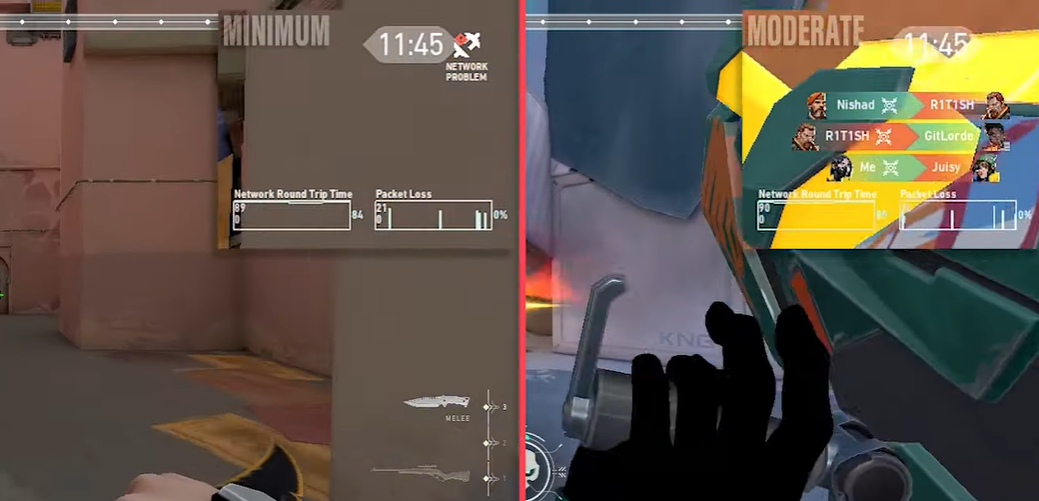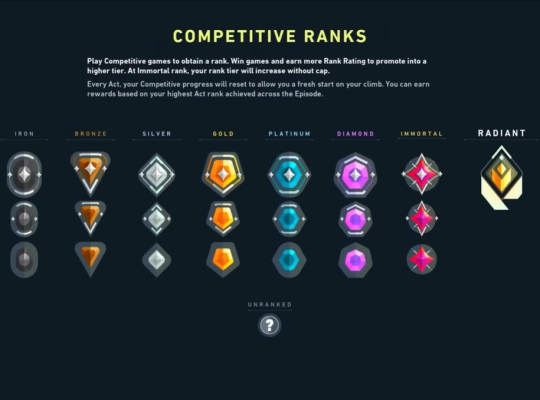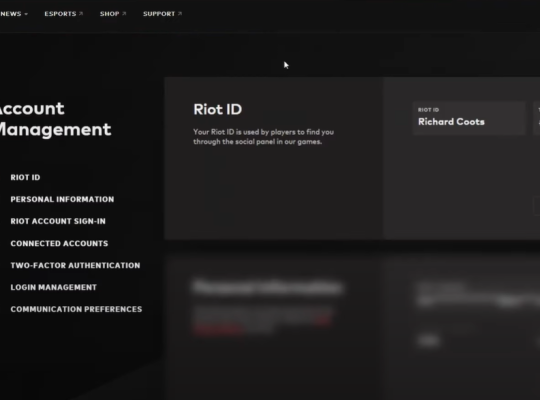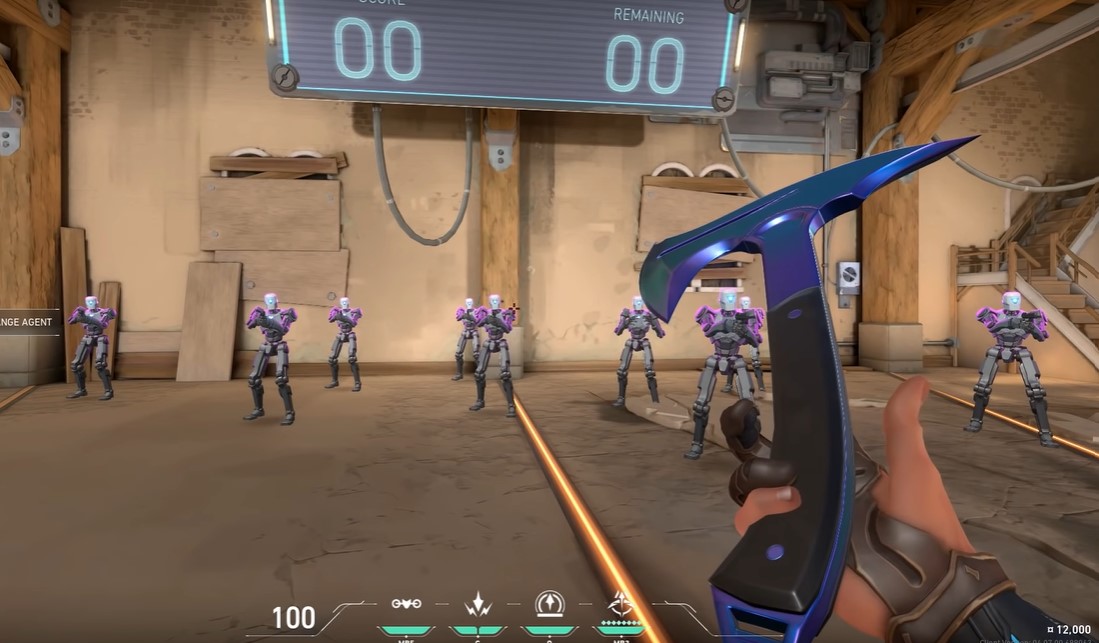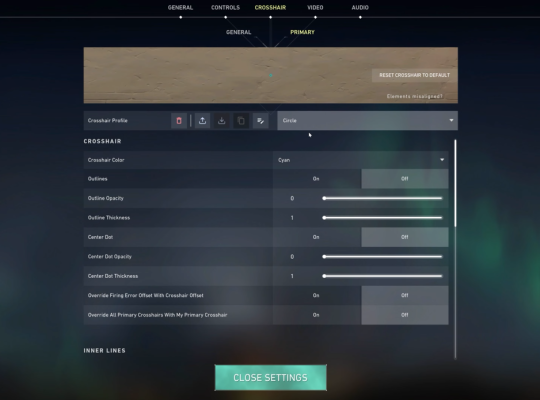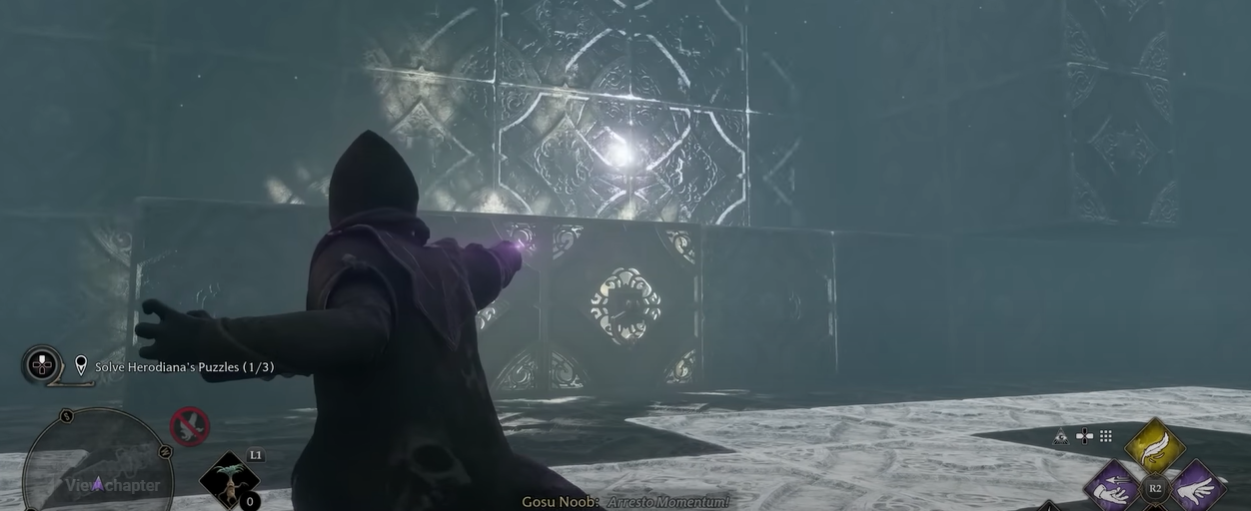Most gamers are familiar with the term “lag,” but many don’t know what causes it.
Network buffering is the answer to solving laggy gaming sessions. In this post, our gaming team will explain what network buffering is and how it can impact your game.
What is Network Buffering in the Game Valorant?
A setting in Valorant called Network Buffering only has an impact on players with unreliable internet connections. Everybody occasionally experiences packet loss, while certain gamers may experience it more frequently.
It might be a frustrating experience if you have packet loss since other players will see you lagging on their screens. In Valorant, Riot Games uses network buffering to solve this issue.
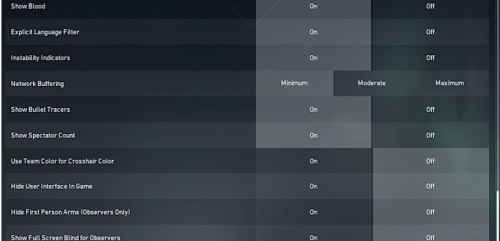
If there is packet loss, your experience will be slower if network buffering is off. Even with packet loss, your performance will be much smoother if you enable it, but other players will have an unfair advantage over you because you are lagging.
How Does Network Buffering Work?
Since the server’s interpretation of the game is the correct one, you submit your inputs up to the server in online games like Valorant to have them carried out.
Your game client’s inputs must be played for your Agent each time the server changes the game simulation, which occurs 128 times per second.
The Server will not wait for your inputs to come if they are delayed while being transmitted over the internet. Instead, it must simulate a move for you.
This motion as projected by the server frequently differs from the one that is already in progress. These conflicts result in Move Corrections, which the client sees as little teleports to the rightful location.
If there are too many of these fixes, the game may seem “jumpy,” and if their frequency is high enough, the game may become unplayable. Having the server buffer certain moves and play them out with a short delay is the best strategy to avoid these server anticipated moves.
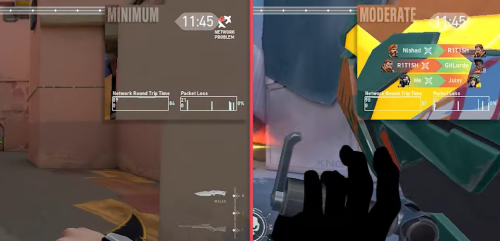
This is a tried-and-true method for streaming data over the internet, and it ensures that the server can play movements for your Agent seamlessly for each frame.
Too much buffering, however, might give the impression that you are playing at a much greater ping than what your Network Round Trip Time (Network RTT) [1] actually indicates. Buffering causes a delay before the server executes your movements.
Riot Games has a buffer so that even if one or more players are experiencing packet loss in-game, the gaming experience is still fair for all players.
Whether or not you encounter packet loss, you should always keep the setting enabled because it makes everything run much more smoothly.

